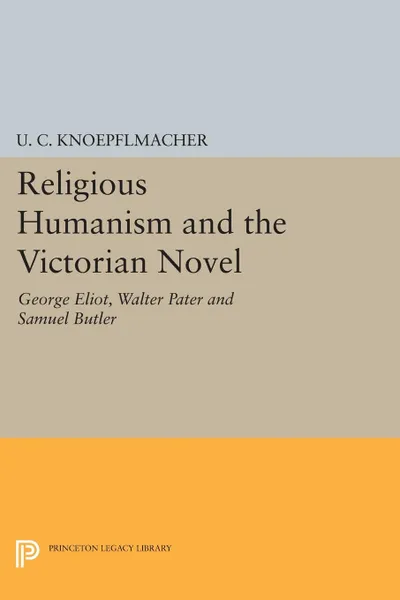Religious Humanism and the Victorian Novel. George Eliot, Walter Pater and Samuel Butler 14+
Автор: U. C. Knoepflmacher
2015
326 страниц
Категория: Литература на иностранных языках
ISBN: 9780691621159
Язык: Английский
📖 Contents: I. Religion, evolution, and the novel; 1. 1888 and a look backwards; 2. George Eliot, Walter Pater, and Samuel Butler: three types of search; II. George Eliot: the search for a religious tradition; 1. George Eliot and science; 2. George Eliot and the "higher criticism"; 3. George Eliot, Matthew Arnold, and tradition; III. Middlemarch: the balance of a progress; 1. "Heart" and "mind": two forms of progress; 2. "Modes of religion" (a); 3. Modes of religion" (b); 4. The "metaphysics" of Middlemarch; IV. Daniel Deronda: tradition as synthesis and salvation; 1. Middlemarch and the two "worlds" of Daniel Deronda; 2. Hebraism as nationality; 3. Hebraism as religious belief; V. Walter Pater: the search for a religious atmosphere; 1. Pater's "imaginary portraits"; 2. Pater's "religion of sanity"; VI. The "atmospheres" of Marius the Epicurean; 1. The pilgrimage of Marius (a); 2. The pilgrimage of Marius (b); 3. The Christian death of a pagan; VII. Samuel Butler: the search for a religious crossing; 1. The creation of a faith (1859-1872); 2. The consolidation of a faith (1873-1886); VIII. Reality and Utopia in The way of all flesh; 1. The "past selves" of Ernest Pontifex; 2. The conversion of Ernest Pontifex; 3. The creed of Ernest Pontifex; Appendixes; IndexOriginally published in 1965.The Princeton Legacy Library uses the latest print-on-demand technology to again make available previ...
Мнения
